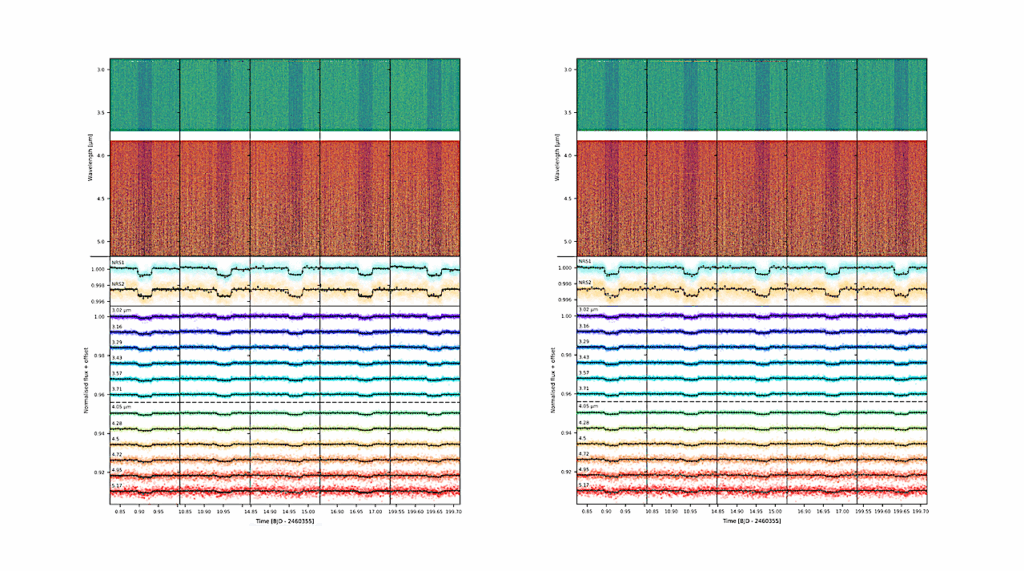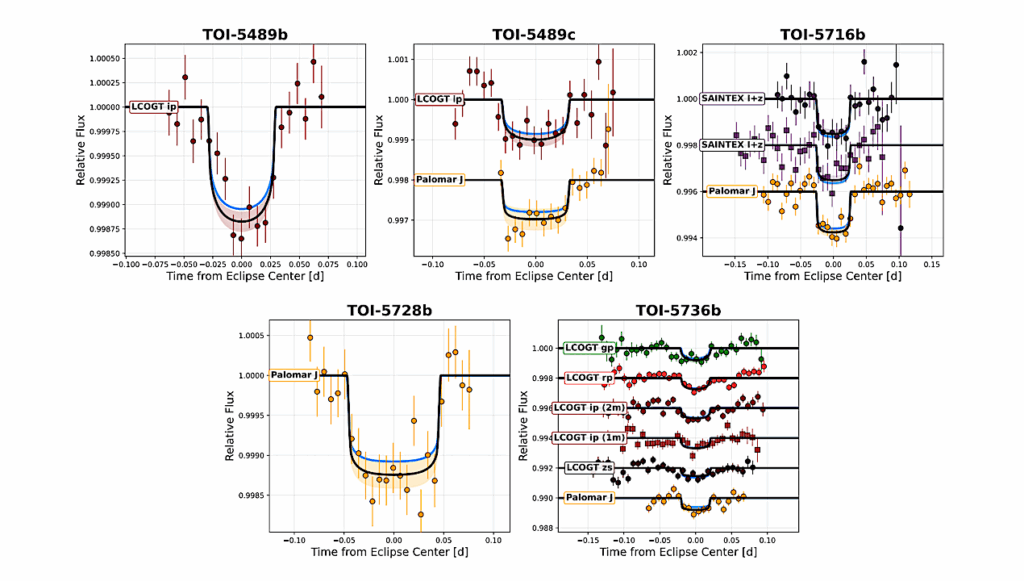Analytical Derivation And Numerical Study Of The Evaporation Valley And Transition From Super-Earths To Sub-Neptunes

Observations have revealed in the Kepler data a depleted region separating smaller super-Earths from larger sub-Neptunes. This can be explained as an evaporation valley between planets with and without H/He that is caused by atmospheric escape.
First, we conduct numerical simulations of the evolution of close-in low-mass planets with H/He undergoing escape. Second, we develop an analytical model for the valley locus. We find that the bottom of the valley quantified by the radius of the largest stripped core Rb at a given orbital distance depends only weakly on post-formation H/He mass. The reason is that a high initial H/He mass means that there is more gas to evaporate, but also that the planet density is lower, increasing loss. Regarding stellar LXUV, Rb scales as L0.135XUV. The same weak dependency applies to the efficiency factor ε of energy-limited evaporation. As found numerically and analytically, Rb varies as function of orbital period P for a constant ε as P−2pc/3≈P−0.18 where M∝Rpc is the mass-radius relation of solid cores. Rb is about 1.7 R⊕ at a 10-day orbit for an Earth-like composition, increasing linearly with ice mass fraction.
The numerical results are explained very well with the analytical model where complete evaporation occurs if the temporal integral over the stellar XUV irradiation absorbed by the planet is larger than binding energy of the envelope in the gravitational potential of the core. The weak dependency on primordial H/He mass, LXUV and ε explains why observationally the valley is visible, and why theoretically models find similar results. At the same time, given the large observed spread of LXUV, the dependency on it is still strong enough to explain why the valley is not completely empty.
Planetary evolution with atmospheric photoevaporation I. Analytical derivation and numerical study of the evaporation valley and transition from super-Earths to sub-Neptunes
Christoph Mordasini
(Submitted on 6 Feb 2020)
Comments: 32 pages, 16 figures. Accepted to A&A
Subjects: Earth and Planetary Astrophysics (astro-ph.EP); Solar and Stellar Astrophysics (astro-ph.SR)
Cite as: arXiv:2002.02455 [astro-ph.EP] (or arXiv:2002.02455v1 [astro-ph.EP] for this version)
Submission history
From: Christoph Mordasini
[v1] Thu, 6 Feb 2020 19:00:00 UTC (10,707 KB)
https://arxiv.org/abs/2002.02455
Astrobiology








